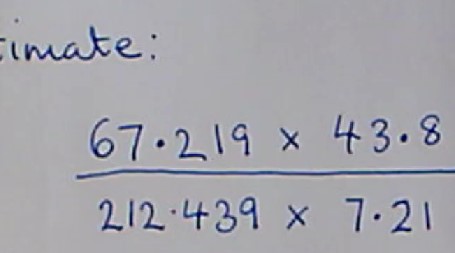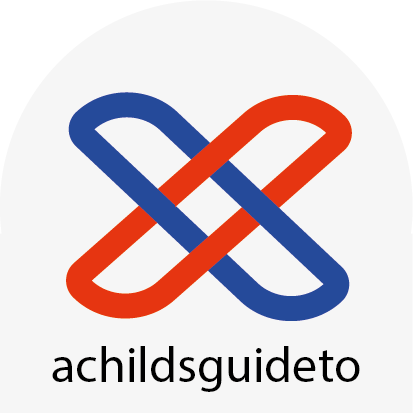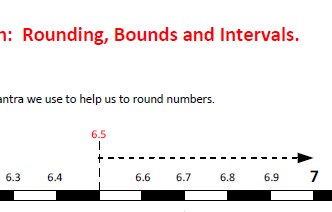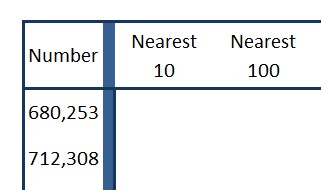Estimating

Video on estimating when we round the numbers to one significant figure to make the calculations much easier. This is a useful skill to learn if you decide to become a plumber.

Rounding is a form of estimating and you need to do two main things with these types of questions. Firstly, you need to round to the correct target. Is it the nearest 10? Is it to two decimal places? Is it to two significant figures?
Secondly, you need to have an idea of whether your rounding has caused your estimate to be less or more than the actual answer and why.
If you round a number to the nearest ten, the first thing you do is decide between what two multiples of ten your number lies. Once you have done this, you look at the digit in the units column: if it is 5 or more, then your estimate should be the higher of the two numbers. If it is less than 5, then your estimate should be the lower.
Rounding to two decimal places will always result in an answer with two digits behind the decimal point - even if these digits are zero. You follow the same rules as for rounding to the nearest ten apart from your initial thought should be, between what two multiples of one-hundredth does my number lie? Once you have done this, look at the thousandths column: 5 or more- pick the higher of the two numbers; less than 5 - pick the lower. Examples of answers with this question would be: 4.93, 93829.96, 399.00, 2918.07, 18.50. Notice they always end in two digits behind the decimal point.
Rounding to two significant figures relies on you knowing what significant means. So what does it mean? Well... the most significant figure is the most valuable digit in a number. So rounding the number 83 to one significant figure or 1 sig. fig. or 1 s.f., the answer would be 80. Rounding 97 to 1 s.f. would be 100 (as the 7 in the units column causes the 90 to round up).
So, rounding to 2 sig. fig. would cause the following results: 7382 would become 7400; 0.03829 would become 0.038 (as it is the digits with the most value); 187,481 would become 190,000 (as the 7 in the thousands column is greater than so rounds up).
Note that you still have to put the zeros in the correct places to allow the numbers to hold their values.

Video on estimating when we round the numbers to one significant figure to make the calculations much easier. This is a useful skill to learn if you decide to become a plumber.

Intervention on Rounding, Bounds and Intervals for those people that find this more challenging. Plenty of notes explaining different aspects of this concept around the sheet.

A self marking spreadsheet on rounding numbers to the nearest ten, hundred, thousand or ten thousand.

A self marking spreadsheet on rounding numbers to the nearest whole number, ten or hundred.

Convert numbers in words, ordinary form and standard form between each other, round numbers to the nearest integer, two decimal places, two significant figures or nearest 10, round numbers to 1, 2, 3 or 4 significant figures, partition numbers, find the value of four in various numbers and convert figures to words.